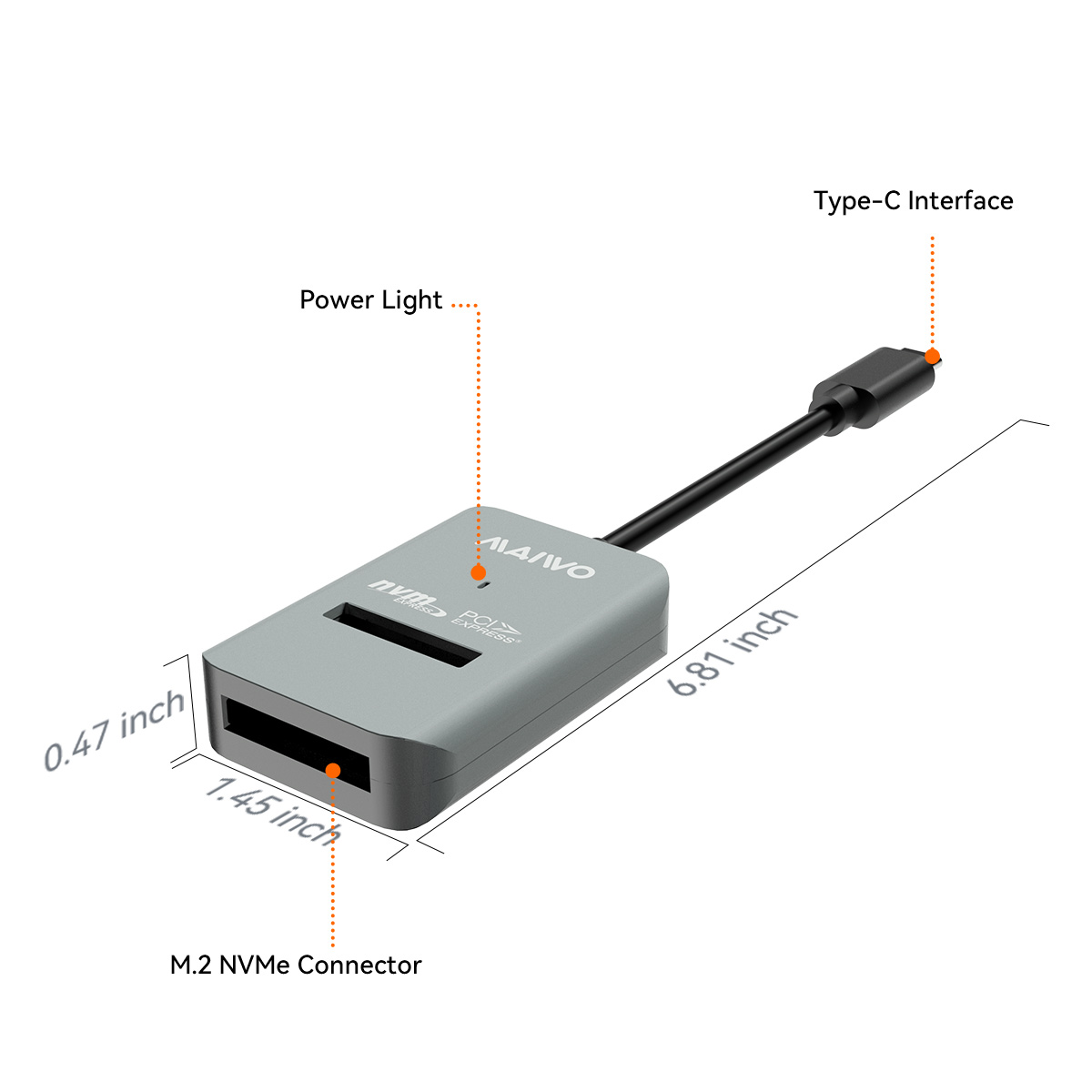A shell refers to a command-line interface used to interact with an operating system. It allows users to execute various commands, navigate directory structures, manipulate files and directories, and more. While shells are commonly associated with Unix-based systems, they are also available for other operating systems, such as Windows.

Using a shell on a hard drive provides several benefits, with enhanced efficiency being one of the significant advantages. By leveraging shell commands, tasks that would typically require multiple steps or manual intervention can be automated, saving time and effort. Whether it is performing batch file operations, searching for specific files or text within files, or executing repetitive tasks, the shell's scripting capabilities allow for quick and efficient execution.
Furthermore, shells offer a wide range of built-in commands and utilities that enable users to perform complex operations on the hard drive. These commands can be combined and customized to create powerful scripts capable of handling sophisticated tasks with ease.
Another compelling reason to use a shell on a hard drive is the flexibility it offers in terms of file and directory management. With shell commands, users have precise control over file operations, such as creating, deleting, moving, and copying files. Additionally, the shell provides versatile file pattern matching capabilities, allowing users to apply operations to multiple files at once based on specific criteria.
When it comes to directory management, the shell empowers users to navigate through the folder structure efficiently. Shell commands provide shortcuts to move between directories, find specific files or folders, and view directory contents in a concise manner. This flexibility enhances productivity and speeds up everyday tasks related to file manipulation and organization.
A shell on a hard drive also serves as a powerful tool for advanced troubleshooting and system administration tasks. With the ability to execute precise commands and access low-level system information, shells give users insights into the inner workings of the operating system and hardware.
Shell commands can be used to diagnose and resolve issues related to file permissions, disk space, network connectivity, and more. The shell's accessibility to system logs and configuration files facilitates efficient system monitoring and maintenance.
Moreover, shells offer remote access capabilities, allowing system administrators to execute commands and manage remote machines securely. This feature is particularly beneficial in managing distributed systems or performing administrative tasks on servers located in different geographical locations.
Utilizing a shell on a hard drive brings about a multitude of advantages, from enhanced efficiency and automation to flexible file and directory management. Shells offer a powerful command-line interface that facilitates advanced troubleshooting and system administration tasks. By leveraging the capabilities of a shell, users can effectively interact with their hard drives, streamline their workflow, and maximize their productivity.